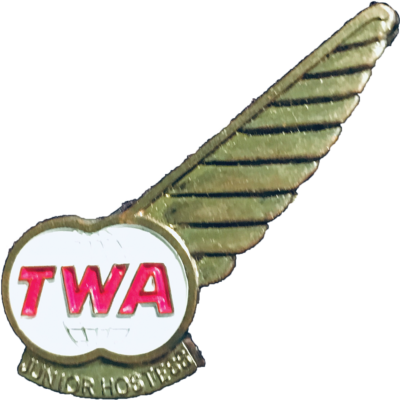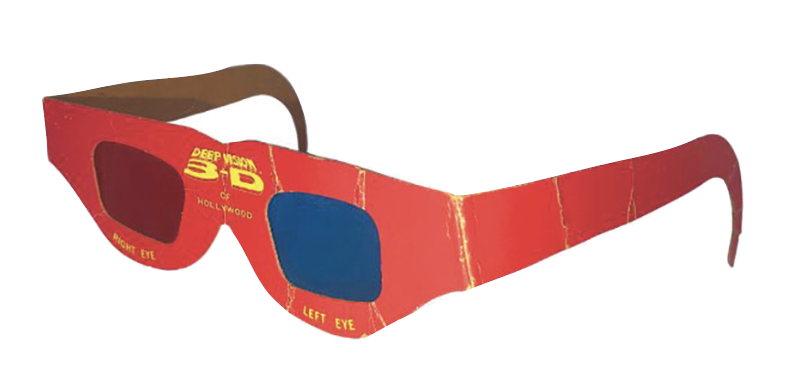Dorri Partain
Northeast News
What do you want to be when you grow up?
For young travelers flying the friendly skies, all you had to do was sit quietly in your seat to earn your flight wings- boys would receive Junior Pilot wing pins, while girls received Junior Hostess wing pins.
While often referred to as stewardesses, TWA preferred to use the title ”hostess” for their female employees who performed various duties during flights. The first attendants hired during the 1930’s were registered nurses, but were also required to attend to passenger’s comfort and serve complete meals.
Transcontinental & Western Air (TWA) was formed when five smaller air companies merged to receive airmail contracts from the United States Postal Service. By 1935, they had hired and trained 35 young women as hostesses, with strict requirements: single, between the ages of 21-26, from 5’1” to 5’4” tall, and no more than 118 pounds. If any of those requirements changed, they would be terminated.
Tycoon Howard Hughes acquired TWA in 1939 and expanded its flight services to Europe, Asia, and the Middle East and thus changed the company name to Trans World Airlines in 1950. Kansas City served as the company’s headquarters from 1931, and hostesses were trained in their downtown office at 1735 Baltimore from 1956-1969, when a new training center, Breech Academy, was completed in Overland Park, Kansas. Starting in 1972, the requirements for hiring hostesses were lifted and males could also apply, so the title for the position changed to Flight Attendant.
After a series of bankruptcy filings, TWA was acquired by American Airlines in 2001 and eventually all traces of TWA were erased. Former TWA employees have since created the TWA Museum, located at the Downtown Wheeler Airport, where a full array of airline and TWA memorabilia is on display. Visit www.twamusuem.org for more information.
The Junior Hostess pin is made of plastic and the style dates to 1964.



















